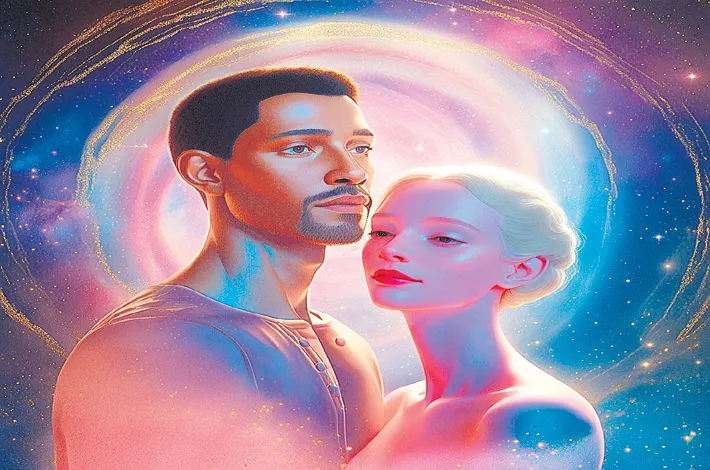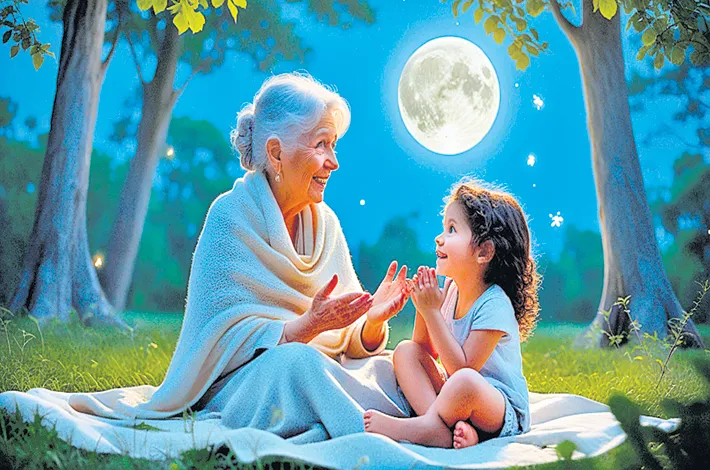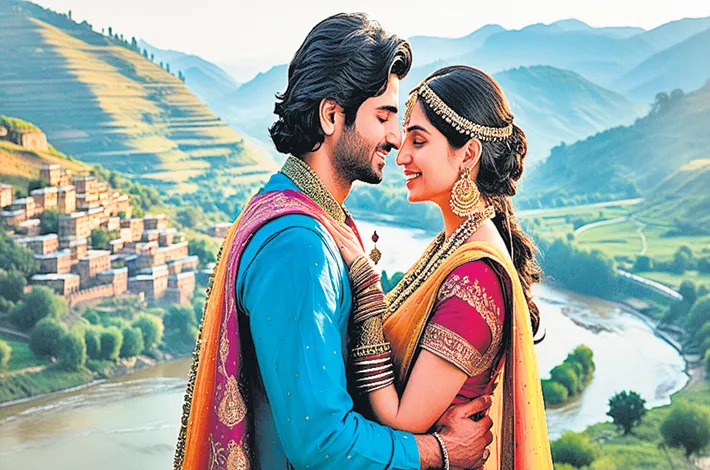Exploring the Kamasutra: Beyond the Myths
03-04-2025 12:00:00 AM

The Kamasutra, often misunderstood as merely a manual of exotic sexual positions, is a profound and multifaceted text that offers insights into human relationships, desire, and the art of living.
Written by the Indian philosopher Vatsyayana between the 2nd and 4th centuries CE, this ancient Sanskrit work is a cornerstone of Indian literature and culture. Far from being a simple catalog of bedroom acrobatics, the Kamasutra is a philosophical treatise that explores love, intimacy, and the pursuit of a balanced, fulfilling life. In this article, we’ll delve into its origins, structure, key themes, and enduring relevance.
Origins and Historical Context
The Kamasutra emerged during India’s classical age, a period marked by intellectual and artistic flourishing under the Gupta Empire. Vatsyayana, its author, was a scholar who sought to codify knowledge about kama—one of the four aims of human life in Hindu philosophy, alongside dharma (duty), artha (prosperity), and moksha (liberation). Kama refers to desire, pleasure, and love, encompassing not just the physical but also the emotional and aesthetic dimensions of human experience. Vatsyayana drew from earlier texts and oral traditions, synthesizing them into a comprehensive guide that reflects the values and social structures of his time.
The text was written in a society where sensuality was not taboo but rather an accepted part of life, provided it was pursued within ethical boundaries. It was intended primarily for the educated elite—courtiers, nobles, and wealthy merchants—who had the leisure and resources to refine their approach to love and relationships. However, its ideas have transcended its original audience, influencing art, literature, and cultural attitudes across centuries.
Structure and Content
The Kamasutra is divided into seven books, each addressing a different aspect of love and life. Contrary to popular belief, only one of these books—Book Two—focuses on sexual intercourse and the famous positions. The remaining sections cover a wide range of topics, from courtship to personal grooming, making it a holistic guide to human connection.
* Book One: General Principles introduces the concept of kama and outlines the qualities of an ideal lover, emphasizing education, self-discipline, and social grace.
* Book Two: Sexual Union is the most well-known section, detailing 64 sexual positions (often called “arts”) and offering advice on physical intimacy. Yet, even here, the focus is on mutual pleasure and emotional bonding rather than mere mechanics.
* Book Three: Acquiring a Wife provides guidance on courtship, marriage, and winning a partner’s affection, reflecting the patriarchal norms of its era.
* Book Four: Duties and Privileges of a Wife explores the role of women in marriage, though its perspective is undeniably dated by modern standards.
* Book Five: Other Men’s Wives controversially discusses seduction and extramarital affairs, revealing the complexities of desire and morality in Vatsyayana’s world.
* Book Six: Courtesans examines the lives of professional companions, offering practical advice for both courtesans and their clients.
* Book Seven: Erotic Esoterica concludes with tips on enhancing allure, including recipes for aphrodisiacs and grooming techniques.
This structure reveals the Kamasutra’s ambition: to address kama in all its forms, from the romantic to the pragmatic, within a framework of ethical conduct.
Key Themes
At its core, the Kamasutra is about balance. Vatsyayana argues that pleasure should not override duty or prosperity, nor should it be ignored in favor of asceticism. This reflects the Hindu ideal of harmonizing life’s pursuits. The text also emphasizes mutual respect and consent in relationships, a progressive stance for its time. For instance, Vatsyayana advises lovers to prioritize their partner’s enjoyment, suggesting that true satisfaction comes from reciprocity.
Another recurring theme is the art of seduction—not just physical, but intellectual and emotional. The ideal lover, according to the Kamasutra, is well-versed in poetry, music, and conversation, capable of captivating a partner’s mind as well as their body. This holistic approach distinguishes the text from modern stereotypes that reduce it to a sex manual.
Misconceptions and Modern Interpretations
In the West, the Kamasutra gained notoriety during the 19th century when Sir Richard Burton’s English translation brought it to a Victorian audience scandalized yet fascinated by its frankness. This translation, while groundbreaking, was colored by colonial biases and exaggerated its erotic elements, cementing the misconception that it’s solely about sex. Today, popular culture often perpetuates this myth, with coffee-table editions featuring illustrations of contorted poses overshadowing the text’s deeper philosophy.
Yet, scholars and modern readers have begun to reclaim its broader significance. The Kamasutra is now studied as a historical document, shedding light on ancient Indian society—its gender roles, class dynamics, and attitudes toward pleasure. It’s also appreciated as a timeless exploration of human connection, offering lessons on communication and intimacy that resonate in contemporary relationships.
Enduring Relevance
In a world where discussions of love and sexuality are often polarized—either overly clinical or excessively taboo—the Kamasutra offers a refreshing perspective. It treats desire as a natural, even sacred, part of life, worthy of study and refinement. Its emphasis on mutual pleasure and emotional depth challenges the transactional or performative approaches to intimacy that dominate modern media.
Moreover, the Kamasutra’s interdisciplinary approach—blending philosophy, psychology, and aesthetics—invites us to rethink how we pursue happiness. It’s not just about what happens in the bedroom, but how we live, love, and connect with others. While some of its advice, like the use of herbal concoctions or its views on gender, feels archaic, its core message—that pleasure is an art form—remains compelling.
Conclusion
The Kamasutra is far more than a relic of ancient erotica; it’s a testament to the complexity of human desire and the pursuit of a meaningful life. By weaving together the physical, emotional, and intellectual strands of love, Vatsyayana created a work that defies easy categorization. As we navigate our own relationships in the 21st century, the Kamasutra reminds us that intimacy is a skill to be cultivated, a dance of give-and-take that enriches both partners. Beyond the myths, it stands as an enduring invitation to explore the full spectrum of human connection.








